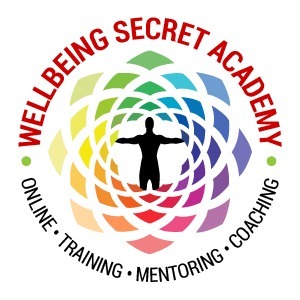The concept that “you attract what you feel” underpins the practice of vibrational healing, an ancient yet increasingly popular approach to wellness. Vibrational healing is grounded in the belief that everything—including the human body, thoughts, and emotions—operates on particular frequencies, and that our internal vibrations directly influence what we attract into our lives. This perspective encourages mindfulness of our emotional states, suggesting that our feelings and the energetic frequencies they create can manifest corresponding experiences.

The Science and Spirit of Vibrations
At its foundation, vibrational healing draws from both scientific principles and spiritual traditions. In physics, everything in the universe is composed of energy, each atom vibrating at various frequencies. While the notion that our emotions emit vibrations is metaphorical, research in fields such as psychoneuroimmunology shows that emotional states can influence physical health. Positive emotions like gratitude, joy, or love are linked to the release of beneficial hormones and neurotransmitters, while chronic negativity or stress can lead to the release of cortisol and other stress hormones, ultimately attracting more tension and illness.
On the spiritual side, traditions like Ayurveda, Traditional Chinese Medicine, and modern energy healing techniques such as Reiki or sound therapy all revolve around the flow and harmonization of subtle energies. Practitioners believe that when these vibrations are aligned and coherent, individuals experience well-being, while dissonant energy or emotional states lead to imbalance and disharmony.
The Mechanism: How Feelings Influence Experience
According to vibrational healing, the feelings we consistently hold act as magnets. For example, if you continually dwell in feelings of gratitude and joy, you’re more likely to perceive opportunities, nurture healthy relationships, and draw positive circumstances. Conversely, persistent anger, fear, or sadness can predispose you to negative experiences, not only through the psychological lens of confirmation bias but also through the energetic frequencies believed to be emitted.
This process extends to the law of attraction, a principle stating that like attracts like. Advocates suggest that by shifting your inner state—for instance, using affirmations, mindfulness, meditation, or exposure to healing sounds—you can elevate your vibration. In this way, you become a conduit for more positive outcomes, whether in health, relationships, or work.
Tools and Practices
There are numerous vibrational healing modalities:
- Sound Therapy: Uses tuning forks, gongs, or singing bowls to influence energetic patterns in the body.
- Crystal Healing: Employs stones believed to vibrate at specific frequencies that harmonize with our own.
- Reiki and Energy Healing: Practitioners channel universal energy to cleanse and balance the recipient’s energy fields.
- Mindfulness and Meditation: These practices increase awareness, allowing the practitioner to shift their emotional “frequency.”
Daily practices such as gratitude journaling, breathwork, and spending time in nature are also powerful tools for raising your vibration and, by extension, attracting positive experiences.
“You attract what you feel” is far more than New Age rhetoric; it is a call to be conscious curators of our inner world. While the scientific mechanisms of vibrational healing require more research, the cumulative evidence from psychology, neuroscience, and holistic traditions underscores the profound impact our feelings and beliefs have on our lived reality. By consciously shifting our emotions and energy, vibrational healing offers a pathway toward greater harmony and fulfillment—inviting us to become both the architect and artist of our own lives.


